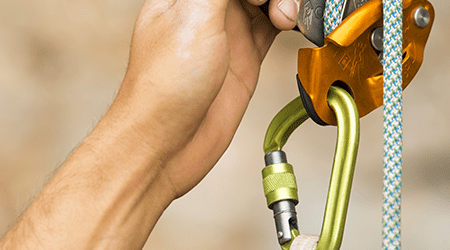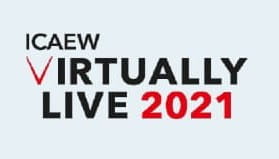Expectations of audit quality are high and the debate about audit quality is a complex and evolving one. Audit quality is not just about auditors - company boards, audit committees, audit regulators and auditing standard-setters have not just a role to play, but a responsibility for audit quality.
The reports by Sir Donald Brydon, Sir John Kingman and the CMA are all relevant, directly or indirectly, to audit quality. Changes to legislation, regulation and auditing standards arising from current proposals, and in particular those proposals in the government white paper, will take time. But there are steps that audit committees, audit regulators, investors and auditors in the UK can and should take now, voluntarily, to improve audit quality, regardless of the extent and timing of those changes.
Audit quality is also an issue that transcends national boundaries and is of global interest. With this in mind, we have published a new thought leadership essay, Audit quality: how to raise the bar, as a contribution to some key aspects of the global debate.
This essay from ICAEW’s Audit and Assurance Faculty examines the ownership, behavioural aspects and structural drivers of audit quality. It follows on from our recent thought leadership essay, Audit quality: the role of standard-setting.
The latest essay highlights the role and responsibilities of all of those involved in the audit quality supply chain and the steps we can all take to improve audit quality.
We look at:
- Owning audit quality, including the audit quality supply chain, the characteristics of audit quality, and correlating Audit Quality Indicators with audit quality.
- Behavioural aspects of audit quality, including stand-backs, scepticism, suspicion and skill sets, the use of specialists and the characteristics of a strong audit team, and the implementation of root cause analysis.
- Structural drivers, including oversight and reward, transparency reports and the role of investors, and the role of standards and audit technology.
The essay then recommends seven steps forward for those involved in the audit quality supply chain.
Read the full essay - Audit quality: how to raise the bar
This thought leadership report was created by the Audit and Assurance Faculty which is the professional and public interest voice of audit and assurance matters for ICAEW and a leading authority in its field. Learn more about the Faculty here.
ICAEW Know-How from the Audit and Assurance Faculty
This guidance is created by the Audit and Assurance Faculty – recognised internationally as a leading authority and source of expertise and know-how on audit and assurance matters. Join the Faculty to connect with like-minded professionals and gain access to essential guidance and technical advice.




